Patient transfer devices play a crucial role in ensuring the safety of both patients and caregivers. The high number of injuries reported by healthcare providers during patient transfers across hospitals, long-term care facilities, and home settings emphasizes the importance of these devices.
Further validating the significance of these devices, a report from the Centers for Disease Control and Prevention (CDC) reveals that 52% of missed workdays among nursing assistants are attributed to musculoskeletal injuries resulting from patient care.
The wide range of available patient transfer devices, including simple manual aids like transfer boards to more complex mechanical systems like ceiling lifts, requires careful consideration. Through my research into various products, including patient lift slings, sit-to-stand lifts, and Sara lifts, it has become evident that selecting the right device is imperative for ensuring patient safety, comfort, and dignity. This article aims to explore key factors to consider in choosing the most suitable patient transfer device, focusing on a balance of functionality, safety, and the specific needs of patients.
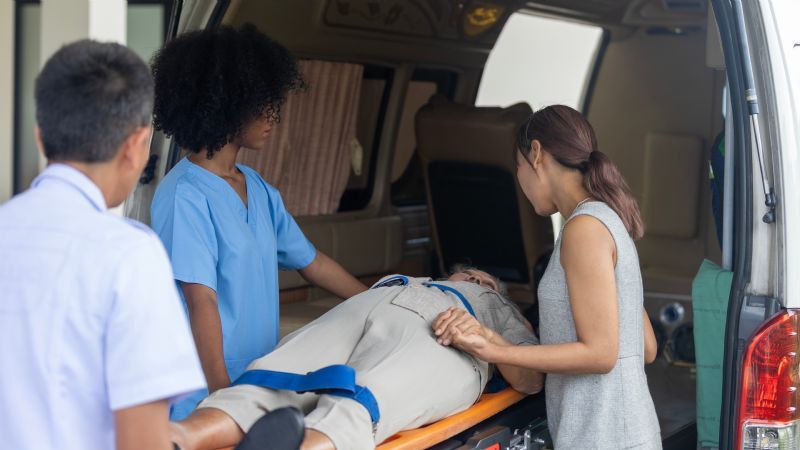
Things to Consider When Choosing the Right Type of Patient Transfer Devices
Who Uses Patient Transfer Devices?
Patient transfer devices are for many people, not just elderly, bariatric, or disabled individuals. They benefit people across various age groups and with different levels of mobility and conditions, including acute conditions or long-term needs. To choose the right device, it is important to understand the patient's specific needs, abilities, and conditions. Patient transfer devices are also shown to increase patient mobilization and improve patient outcomes for all ages across the lifespan.
Here is a list of potential users for these devices:
- Adolescents and Children: For individuals with developmental delays, disabilities, or conditions such as cerebral palsy.
- Adults: This category includes individuals recovering from injuries or surgeries or living with disabilities.
- Elderly: To assist with mobility due to age-related physical decline.
- Bariatric Patients: Individuals who are larger and require support for safe transfers.
- Neurological Conditions: Patients with Parkinson’s disease, stroke survivors, and those with spinal cord injuries.
- Orthopedic Issues: For people with fractures, amputations, or joint replacements who need support while healing.
These devices can be customized to meet the needs of individuals with a wide range of disabilities, offering safety and autonomy in their daily activities.
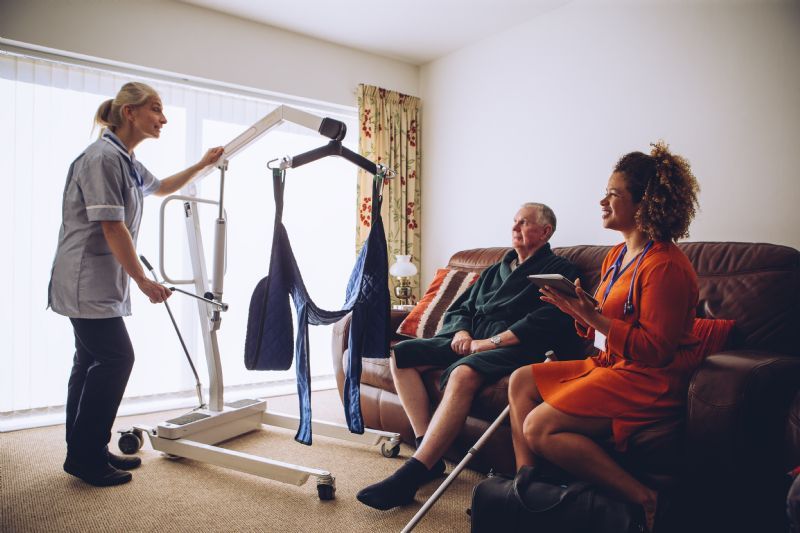
What is Your Patient’s Ability Level?
As a caregiver, I must think about many things when picking equipment and the best methods for handling patients. Finding the best patient transfer device requires many considerations. I review the patient's size, how much weight they can bear, and any special conditions they have. Other considerations include:
- Task to be Completed: Purpose of the transfer.
- Mobility Level: Assess the degree of the patient’s mobility or immobility, which can range from fully independent to completely dependent.
- Balance and Coordination: Evaluate the patient's ability to maintain balance and coordination during a transfer.
- Cognitive Status: Consider the patient’s ability to understand and follow instructions during the transfer process.
- Endurance: Consider the patient’s stamina and how fatigue may affect the transfer.
- Frequency of Transfer: Reflect on how often the patient will need to be moved, as this might influence the choice between more portable or permanent transfer solutions.
- Environment: Look at the environment where transfers will occur. Space constraints, flooring type, and the presence of obstacles are all important factors.
Incorporating these additional factors will ensure a comprehensive approach to selecting the most appropriate patient transfer device for safety and comfort.

Transfer Types
Sit-to-Sit Transfers
Sit-to-sit transfer devices are specialized tools designed to assist individuals with moderate mobility in moving from one seated position to another. These devices are vital for those who have some upper and lower limb strength and are frequently used in rehabilitation settings and daily living activities to promote independence and reduce the risk of injuries during transfers.
Devices for this type of transfer include:
- Transfer Boards: Ideal for patients who have upper body strength but limited lower body mobility. For instance, a patient recovering from a leg injury might use a transfer board to move from a wheelchair to a bed.
- Swivel Cushions: Beneficial for patients with restricted hip or lower body mobility and those unable to stand unsupported. A swivel cushion can be used in a car, allowing a patient to turn and exit the vehicle with ease.
- Transfer Platforms: Useful for patients who can stand but need support. These platforms provide an intermediate step, reducing the distance and effort required to transfer between two seats.
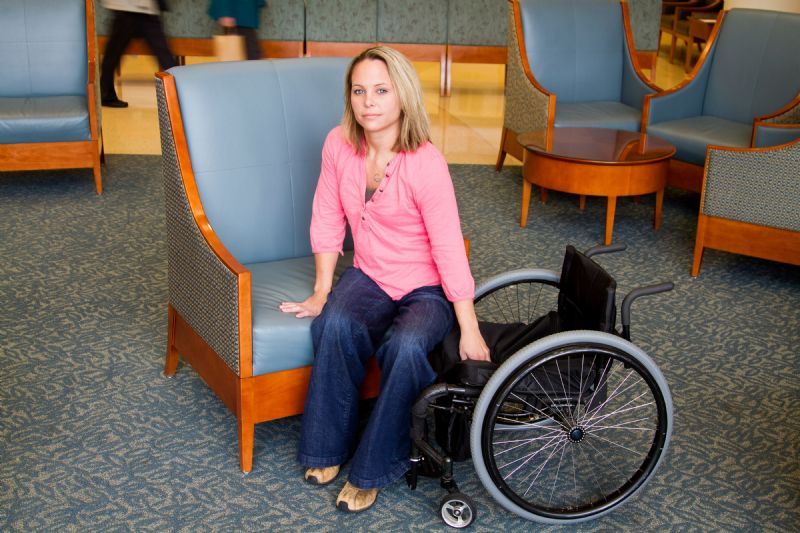
Sit-to-Stand Transfers
These devices assist patients in transitioning from a seated to a standing position and include:
- Transfer Belts: A transfer belt is wrapped securely around the waist of a patient and can be adjusted to fit different sizes, often closing with both velcro and a buckle. When used correctly with patients who can bear some weight, these devices prevent harm to patients and caregivers. Loops are included on most transfer belts for caregivers to increase stability with the patient during transfers. If there are no loops, most people can get by by only gripping the belt. Patients are more satisfied with their care when a transfer belt is used, according to my experience and studies. It eliminates the discomfort associated with manual lifts, particularly beneath the arms, and my patients often express feeling safer with the belt's secure hold.
- Transfer Slings: Utilized in sit-to-stand movements, transfer slings are typically placed securely beneath the patient's seat or around their waist, giving caregivers a solid grip for lifting the patient and offering support while the patient stands. This transfer tool is essential for caregivers to maintain a steady hold throughout the transfer process.
- Turntables: Also referred to as pivot discs or pivot aids, these devices are ideal for patients who can bear weight but have limited foot mobility, such as patients with Parkinson’s. This device is placed directly on the floor, close to the intended destination, whether it be a chair, bed, or wheelchair. The user stands on the disc and with the assistance of a caregiver, is turned using the disc's pivoting mechanism before being lowered onto the bed, chair, or wheelchair, ensuring a safe transfer.
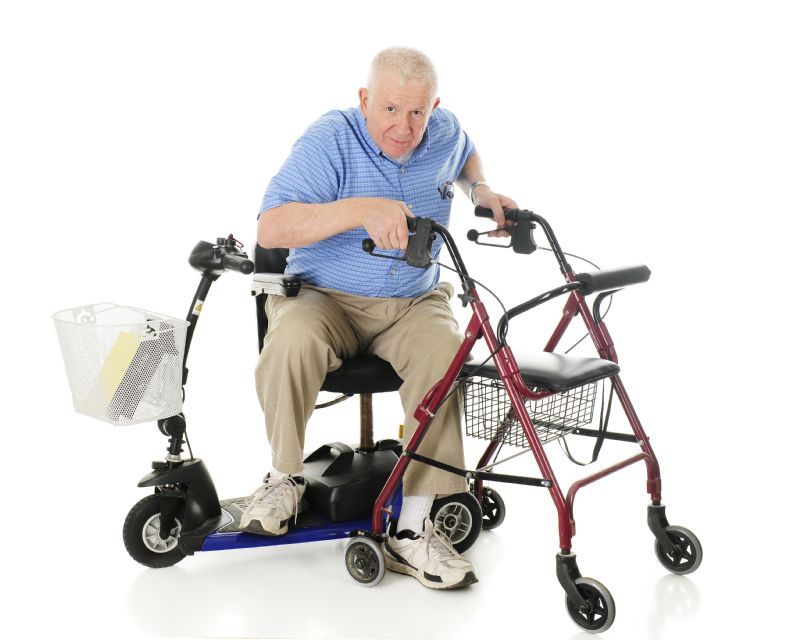
Prone-to-Prone Transfers
This kind of transfer is required for individuals who, due to medical reasons or other factors, are unable or restricted to sit up. In such cases, patients typically cannot contribute to their transfer process. Some suitable transfer options include:
- Full-Length Transfer Boards: In prone transfers, using a full-length transfer board facilitates a smooth and safe transition, eliminating the need for heavy lifting and reducing strain on the caregiver. Although these boards are not designed to bear a person's entire weight for extended periods, they offer a secure method for bridging short distances.
- Slide Sheets: An essential tool for ensuring respectful and dignified prone patient transfers. Slide sheets are specifically designed to reduce shearing, which is a painful stretching of the patient's skin. They also make turning a patient in bed easier. These sheets let caretakers move their patients or loved ones safely and effortlessly with minimal exertion.
- Patient Lifts: Include both portable and ceiling-mounted versions. A patient lift device is a crucial tool in healthcare and caregiving, primarily used to safely transfer patients or individuals with limited mobility from one location to another. These devices are particularly helpful for moving patients who cannot move independently due to injuries, disabilities, illnesses, or age-related impairments. One of the key benefits of patient lift devices is the significant reduction in physical strain for caregivers, nurses, or family members. By using these lifts, the effort required to move a patient is decreased. Patient lifts are useful in a variety of scenarios due to their adaptability. They're utilized in hospitals, nursing homes, and private homes to help people transfer between beds, wheelchairs, toilets, and other seated or laying positions. Furthermore, patient lifts come in various styles, including manual or hydraulic lifts, electric lifts, ceiling lifts, and sit-to-stand lifts. Patient lifts are an essential component in modern patient care since each variety is designed to respond to specific patient demands and settings.
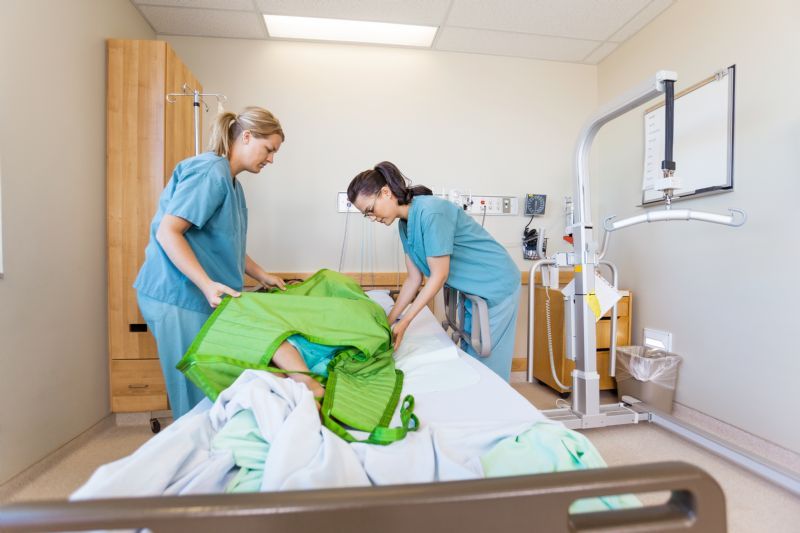
Transfer Aids for Home Use
Aging in place is a concept that resonates with over 90% of older adults who express a wish to grow old in the comfort of their own homes. To support this preference, it's crucial to create a safe and adaptive living space that accommodates their changing needs. This involves making modifications and employing aids that ensure the home environment is secure, accessible, and conducive to independent living.
Transfer aids for home use are essential for those who are mostly independent but may require additional support for safety and mobility. Some options include:
- Bed Rails: Provide support when getting in and out of bed and help prevent falls during the night.
- Grab Bars: These can be installed in bedrooms, bathrooms, and showers to offer stability and support during transfers and movements.
- Transfer Bench: A bench that spans the side of a bathtub, allowing individuals to sit and swing their legs over the tub wall, minimizing the risk of slips.
- Safety Frame (Toilet): Offers additional support around the toilet, aiding in sitting down and standing up more safely.
- Swivel Seat Cushion (Car Transfer): Facilitates getting in and out of a car by allowing the user to turn and position themselves with ease.
- Vehicle Assistance Strap: A strap attaches to the frame of the car door, providing an extra handhold to assist with entering or exiting a vehicle.
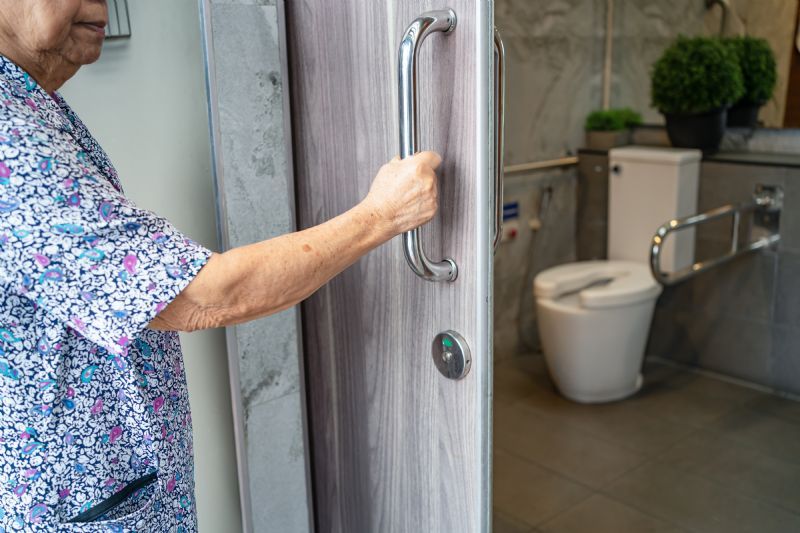
Final Thoughts
In wrapping up this discussion on patient transfer devices, I'm reminded of how vital it is to choose the right patient transfer equipment for caregiver safety and patient comfort and security. In my experience, the array of devices, from basic to advanced, caters to a diverse spectrum of needs, ensuring safety and dignity for all involved.
I invite you to explore the wealth of resources available through Caregiver University. Additionally, don’t forget to check out our vast array of products, including patient transfer devices designed for all your patient care needs.
In my journey and practice, these tools and insights have been invaluable in supporting the goal of safe patient transfer for both the patient and those who care for them. Thank you for joining me in this commitment to safe, compassionate caregiving.
Author:
Heather Collins, MSN, RN, CNOR
Heather is a registered nurse and freelance health writer with a Master's degree and over 24 years of nursing and leadership experience. Heather cares for patients of all ages in various healthcare settings, including inpatient acute care nursing, GI procedural nursing, cardiac lab, infertility clinics, pediatrics, and surgical services. Heather is dedicated to providing high-quality care and sharing reliable, evidence-based information that empowers people to make informed decisions about their and their loved ones' health.
Meet all of our experts here!
 Written by Heather Collins, MSN, RN, CNOR
Written by Heather Collins, MSN, RN, CNOR







